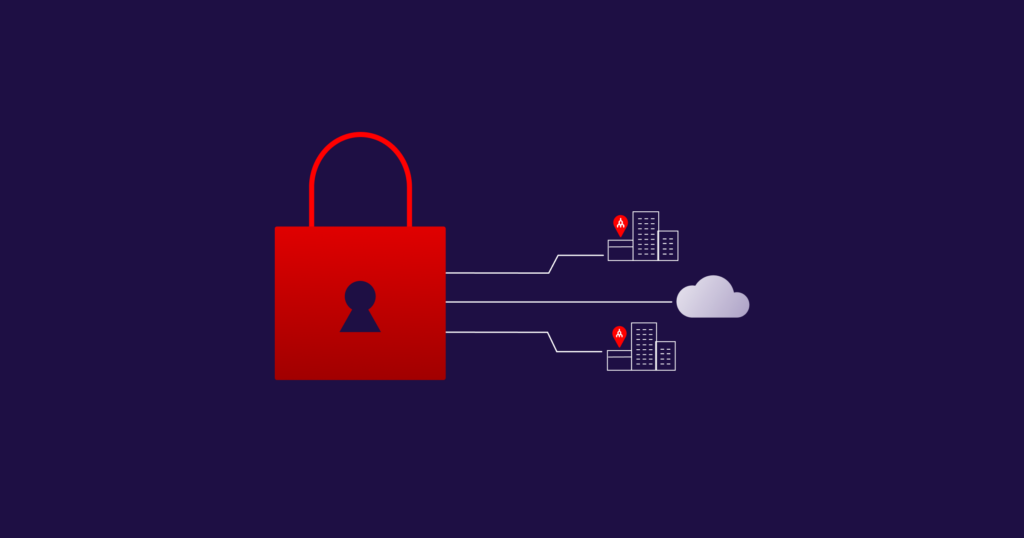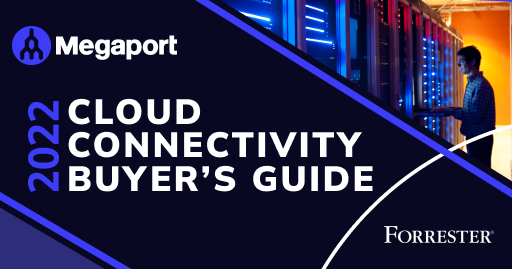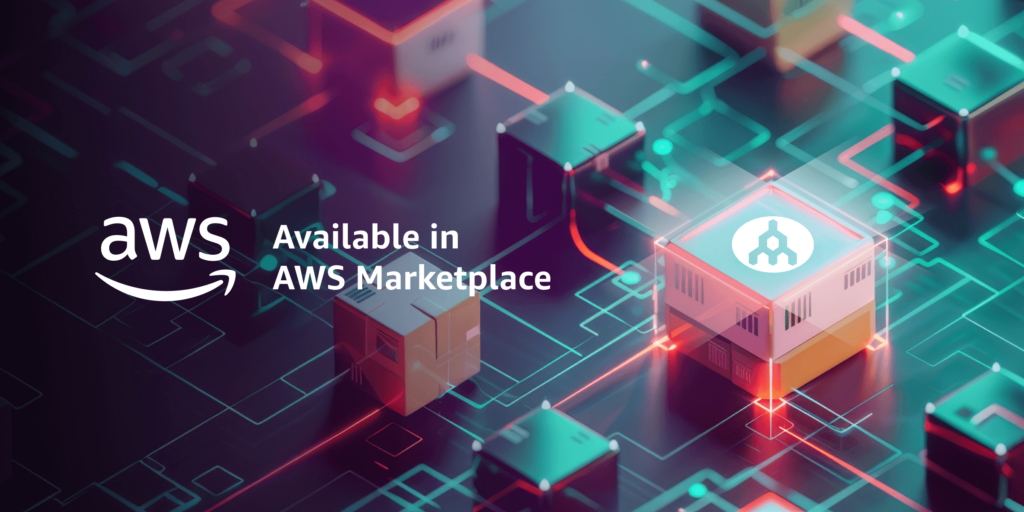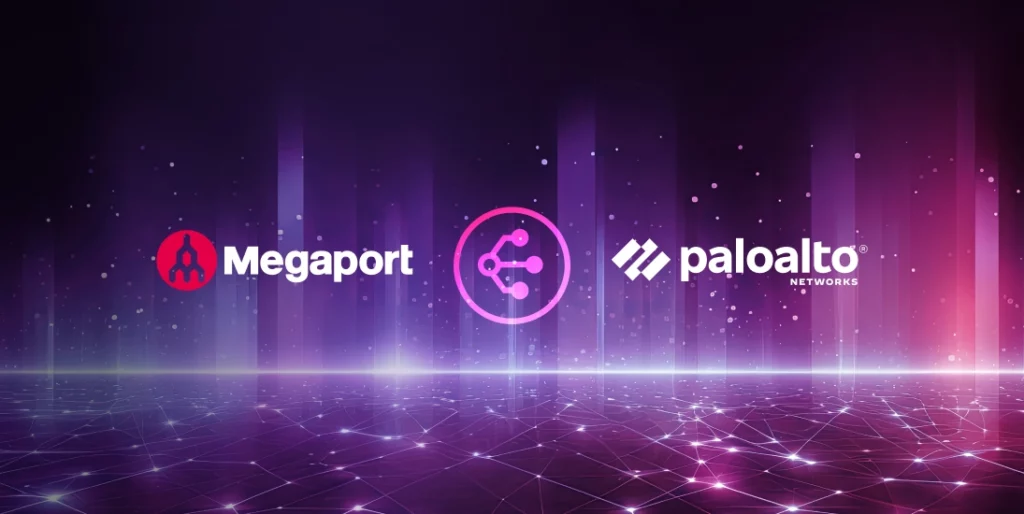The Role of the Data Center in Your Network

From traditional “brick and mortar” data centers to virtual data centers, we explain the various use cases this facility provides within your enterprise network.
With enterprises’ rapid adoption of cloud-based computing in recent years, many industry experts anticipated the demise of traditional “brick and mortar” data centers. For instance, in 2019, Gartner predicted, “By 2025, 80% of enterprises will shut down their traditional data centers. In fact, 10% of organizations already have.”* But what exactly is driving this trend, and what does it mean for your network?
The pandemic accelerated this large shift to cloud and as-a-service offerings, which provide scalable, on-demand applications to enterprises that continue to not only adapt to a distributed and remote workforce, but also require quicker network speeds and higher performance than ever before. Almost four years later, cloud architecture is enmeshed into many companies’ day-to-day operations.
Yet Forrester’s 2022 Cloud Connectivity Buyer’s Guide reports that among industry leaders surveyed, “40% are adding [traditional] data center sites or capacity to improve user experience across their networks.”**
Since both traditional and virtual data centers have differing suitability depending on your business’ size, locations, and budget, understanding the function of both can benefit network managers. This blog will explain what exactly a data center is, how it functions, and where it fits into your network infrastructure.
Contents
- What is a data center?
- Traditional data centers versus virtual data centers
- Edge data centers
- Data center use cases
- Data center challenges
- Security and data centers
- Where the virtual data center sits in your enterprise architecture
- How Megaport can help
What is a data center?
Acting like the brain of a company, data center facilities receive and transmit data, allowing employees to organize, process, store, and disseminate whatever application they’re using. These dedicated physical spaces house computer systems (servers) that perform the critical mass computing processes required to store and power enterprise applications.
Types of data centers include:
- Enterprise-owned data centers — either onsite or offsite in a shared space.
- Telecom data centers — run by telecom companies, these require high-speed connections.
- Colocation centers — the data center hosts the infrastructure and the enterprise owns the hardware (including servers, storage, and firewalls), so enterprises pay only for what they need and can save on power and cooling costs.
- Hyperscale data centers — these massive facilities have exceptional computing power, can scale up or down based on the load required, and facilitate edge computing. They support robust applications and host more than 5,000 servers within.
- Edge data center — smaller than a standard center, these are designed to be as close to the end user as possible. Instead of having one large data center, your enterprise can opt for multiple smaller ones, reducing latency and hops in your network.
- Micro data center — essentially an edge data center pushed to the extreme, these handle the data processed in a specific region.
Traditional data centers versus “virtual” data centers
In every data center—whether traditional or virtual—each component needs to interact seamlessly. Servers have firewall protection and mechanisms to ensure applications deliver where and when they are needed.
They all feature:
- Storage infrastructure — for the secure storage of software files and applications.
- Network infrastructure — which connects either physical or virtual servers to data centers’ end users.
- Computing servers — these manage and run applications that process data and provide data network connectivity, firewall software, and other functions.
Depending on the compute processing needs of your business, either a traditional or virtual data center may make more sense. Traditional data centers offer the value of internal control, from how they are built to who is allowed access. They can also contribute to lower latency on applications due to their proximity to users’ devices.
“Virtual” or cloud data centers are a slight misnomer. The cloud is “not a physical entity, but [contains] a group or network of remote servers which are arched together to operate as a single entity for an assigned task.” In other words, virtual data centers still rely on brick and mortar. The difference is that cloud data centers have typical hardware, but each physical server contains many virtual servers.
These virtual servers enable Infrastructure as a Service (IaaS), a cloud computing service package. IaaS combines networks, servers, virtualization, and storage products for clients. The scalability and customization of IaaS allows customers to choose storage, bandwidth, security, and application packages depending on their size, budget, and industry.
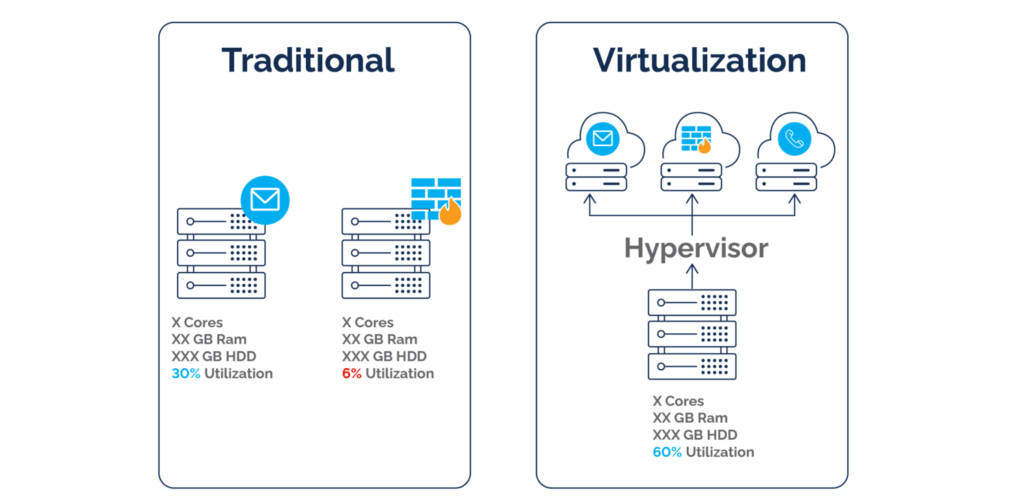
Edge data centers
Edge computing has risen in popularity alongside the Internet of the Things (IoT, which we go into more detail about in our blog), whose devices are constantly creating, receiving, and sending data. Edge data centers are smaller than other centers, and they do not necessarily send data to regional or cloud data centers. Instead, real-time data processing takes place.
These decentralized facilities have reduced latency and optimized bandwidth (as they are located closer to where data is being generated and used) to better enable new applications. Monitoring factory machinery, for instance, can happen instantaneously, allowing users to defuse potential emergencies.
Data center use cases
Data centers—home to enterprises’ most critical assets—are the crucial hub in the flow of information, which continues to dramatically increase in volume. Virtual collaboration and remote workplaces will continue post-pandemic, meaning data centers’ role will be vital.
Unlike server farms, which tend to have simpler infrastructure and be used for one function, such as mining cryptocurrency, data centers host everything needed for “mission-critical” Software as a Service (SaaS) products, such as:
- Cloud storage applications, including data backup and recovery
- E-commerce applications, which support high-volume transactions
- Website hosting
- Email and other productivity applications
- Online gaming
- AI, ‘big data’, and machine learning applications.
Data center challenges
There are some drawbacks of traditional data centers in comparison to their virtual counterpart:
- Higher construction and infrastructure costs
- Less energy efficient, leading to higher cooling costs (we share our tips for maintaining a greener network in our blog)
- Require a static IP address, which can be hacked more easily than a dynamic one
- Risk of hardware vendor contract lock-in, making it harder to be agile as your business’ needs change over time
- Risk of downtime (compared to built-in redundancy of cloud storage), which could lead to lost productivity and decreased customer satisfaction.
Security and data centers
Data centers need to be physically secure: That is, in a safe location with limited entry points and in nondescript buildings. Managers need to establish protocols for who can enter and ensure there is constant surveillance. Whether traditional or virtual, facilities should invest in zero-trust software systems to lessen the chance of hackers’ entry at the weakest points. These measures entail firewalls and encryption, and other methods described in this Megaport blog.
Where the virtual data center sits in your enterprise architecture

You may need a traditional data facility, if, for instance, your industry’s regulations make it easier to keep compliant in-house. However, there are benefits to virtual data centers, too, and hybrid set-ups can prove to be beneficial also. Keep these factors in mind when choosing a data center:
- Do the service providers maintain/manage the cloud? Is this at a deferred cost?
- Is data security outsourced to the cloud, which could lead to internal negligence?
- Is the cloud storage solution scalable? Is there a process in place to ensure no internal oversight in which costs could balloon?
- Is cloud onboarding quick and simple?
- Does the provider offer pay-as-you-go and autoscaling, which can mean cheaper costs than storing traditionally?
- Is there the option for multi-device access to applications and other cloud services, which is ideal for remote workers?
To choose how to plug into a virtual data center, enterprises need to weigh costs versus bandwidth needs and other factors among these three options:
- Site-to-site VPN IPSEC connection — an internet-based connection, with VPN encryption offering security. This is often the cheapest method.
- Remote VPN SSL connection — allowing remote employees access to the data center.
- Private connection — this method bypasses the public internet and its issues with bandwidth and latency.
How Megaport can help
Gartner states, “As enterprise infrastructure moves toward cloud distributed application delivery, the data center itself is being transformed. I&O leaders must transition to a hybrid model mindset where the presence of an on-premises data center is no longer the primary driver for infrastructure decisions.”
With today’s technology advances in cloud storage and a focus on energy sustainability in traditional storage, enterprises can mix and match to find the best solutions, and change course as their storage and computing needs shift.
Megaport can keep your network safe through private connectivity, which bypasses the public internet and its issues with decreased security and greater latency. And by using a single private network provider, your business is applying consistent security measures across your data stream, even if the data is distributed across various cloud service providers (CSPs).
Managing workloads between data centers can be time consuming, complex, and expensive – but Megaport helps you solve these issues. Megaport Cloud Router (MCR) offers a multicloud-supported solution to connectivity. It’s a virtual routing service that comes with private Layer 3 connectivity: A hardware-free way to instantly integrate and connect to the cloud and manage storage, applications, and other features.
It enables you to rapidly provision dedicated, private, and reliable connections between data centers within metro areas, nationally, or internationally. And with Megaport’s scalable bandwidth, you pay for only what you need.
Sources:
*The Data Center Is (Almost) Dead, August 05, 2019, Susan Moore.
**A Forrester Consulting Thought Leadership Paper Spotlight commissioned by Megaport, April 2022.

